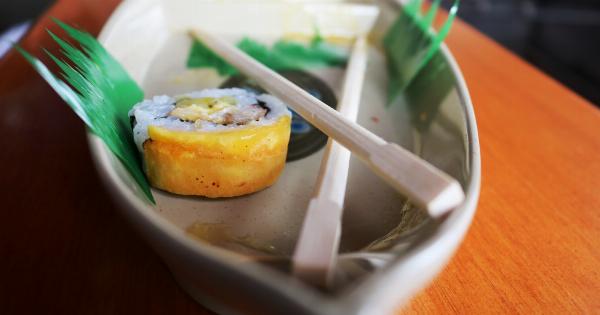Summer is a season that is associated with relaxation, fun, and outdoor activities. It’s also a time when food poisoning is more likely to occur.
With warmer temperatures, bacteria in food multiply faster, and lack of refrigeration or proper food handling can quickly lead to foodborne illness. Here are some tips on how to prevent food poisoning during summer.
1. Wash Your Hands
One of the simplest yet most effective ways to prevent food poisoning is to wash your hands before and after handling food. This helps to remove any harmful bacteria that may be present on your hands.
Use warm water and soap and lather for at least 20 seconds. If you don’t have access to running water, use an alcohol-based hand sanitizer that contains at least 60% alcohol.
2. Keep Your Kitchen Clean
A clean kitchen is essential to preventing food contamination. Before preparing food, clean all surfaces, including countertops, cutting boards, and utensils. Use hot, soapy water and a scrub brush to remove any dirt or debris, and rinse with hot water.
For an extra level of sanitation, you can use a solution of one tablespoon of bleach to one gallon of water to sanitize surfaces.
3. Avoid Cross-Contamination
When preparing food, it’s important to avoid cross-contamination, which occurs when bacteria from one food item is transferred to another. Always use separate cutting boards and utensils for meats, poultry, fish, and vegetables.
Use a clean plate to transfer cooked meat from the grill to avoid contaminating the cooked meat with raw meat juices.
4. Use a Food Thermometer
Using a food thermometer is an easy way to ensure that your food is cooked to a safe temperature. This is especially important when grilling meats, as they can be more difficult to cook evenly.
The internal temperature of chicken and turkey should reach 165°F, and beef, pork, and lamb should reach 145°F.
5. Refrigerate Food Properly
Keeping food at the proper temperature is critical to preventing food poisoning. Refrigerate perishable foods within two hours of purchase or preparation, or within one hour if the temperature is above 90°F.
Store raw meats and poultry on the bottom shelf of the refrigerator to prevent any juices from dripping onto other foods.
6. Don’t Leave Food Out for Too Long
Leaving food out for too long can create an ideal environment for bacteria to grow. Food should not be left at room temperature for more than two hours, or one hour if the temperature is above 90°F.
If you’re serving food outside, keep it in a cooler with ice or frozen gel packs to maintain a safe temperature.
7. Drink Safe Water
Drinking contaminated water can also lead to food poisoning. When camping or traveling, always drink bottled water or bring along a water filtration system.
If you’re unsure about the safety of the water, boil it for at least one minute before using it for drinking or cooking.
8. Be Cautious with Seafood
Seafood is a popular food during summer, but it’s also a common source of food poisoning. When purchasing seafood, make sure it’s fresh and has been properly handled. It should be kept at a temperature of 40°F or lower.
If you’re eating at a restaurant, ask about the source of the seafood and how it’s prepared.
9. Don’t Use Expired Food
Using expired food can increase the risk of food poisoning. Check the expiration dates on all food products before using them. Throw away any food that has expired, or that has been left at room temperature for too long.
10. Take Precautions with Leftovers
Leftovers should be properly stored and reheated to prevent food poisoning. Refrigerate leftovers within two hours of serving, and use them within three to four days. When reheating, make sure the food reaches an internal temperature of 165°F.



























